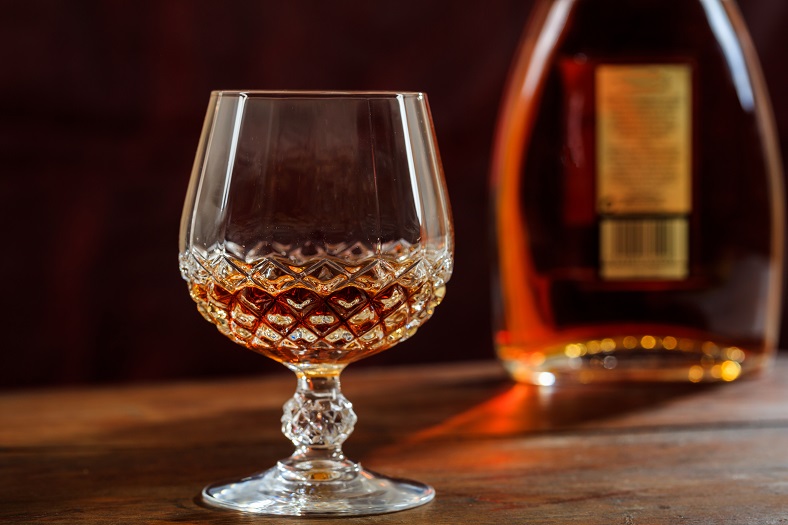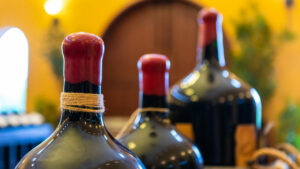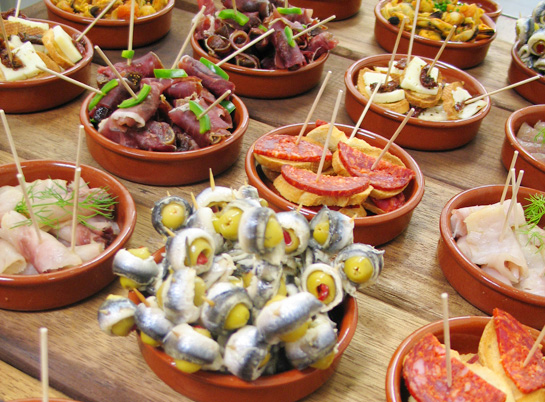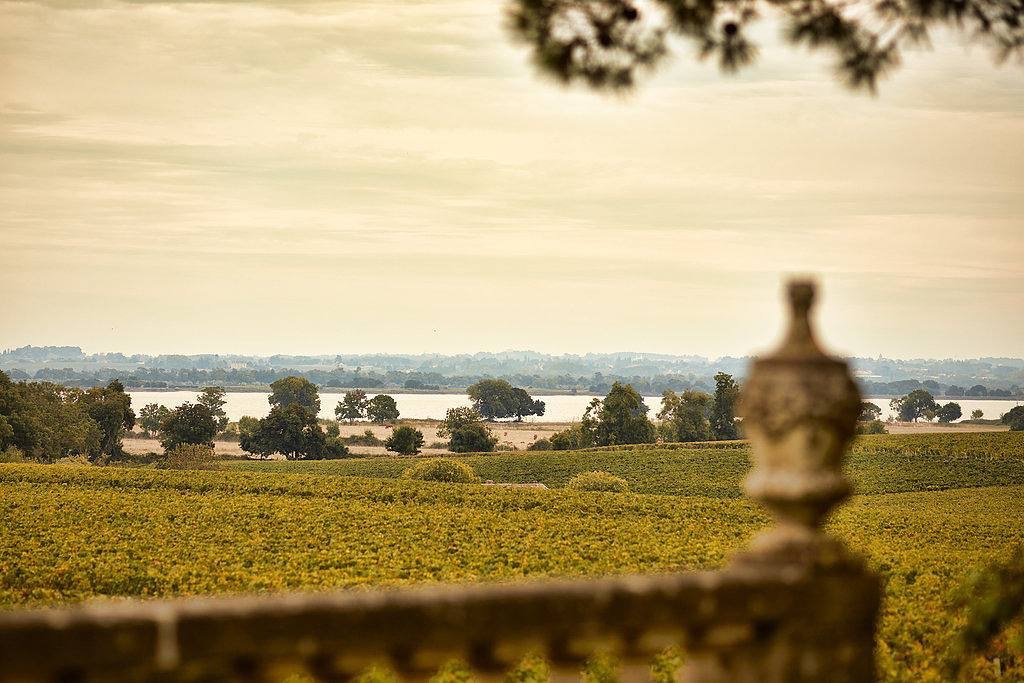
Translated from an original article by Baptiste Bochet
Whisky is a wonderful eau-de-vie, with many believing it to be the queen of spirits, such profound experiences does it provoke in those who enjoy it. Its history, its fabrication, its aromatic palette and its length have all undoubtedly contributed to its place on the throne of the spirit market.
Scotland’s whisky landscape
Whilst there are around 170 historic distilleries currently active in Scotland, just two continue to be run by independent families. Founding and maintaining a distillery is hugely expensive, which is why a certain number of groups (including Diageo, Pernod-Ricard, Remy Cointreau and Beam-Suntory) share the vast majority of these establishments between them.
The two independent distilleries are:
Springbank, found in Campbeltown, an area that was a real hub of distilling activity over a century ago but now has just three distilleries. This distillery is owned by the Mitchell family.
Glenfarclas, in the Speyside region not far from Inverness, is owned by the Grant family and uses only sherry barrels for ageing their whisky.
Barley evolving
Single Malt whisky is made from malted barley. When it comes to Scottish whisky – and similar can be said for Japanese whisky, but we’ll come back to this – you should note that the raw material doesn’t come from the Highlands, an area unsuited to growing barley, but rather from the English region of Cambridge. Today, such large volumes of whisky are produced that the space needed to grow the grain is getting larger. As is the case with any flourishing industry, questions of cost-efficiency are pressing, and this is the case for every link in the whisky-making chain. This industry, too, is ‘victim’ to industrialised agriculture and a pressure to increase yields. It isn’t too controversial to state that we’ve observed a decrease in barley quality as production has increased. That this would have an effect on the whisky industry is only natural since the spirit is a direct product of agricultural practices.
Let’s look at the two types of yield that have shaped the future of whisky. The first is the yield by hectare, a measure that has doubled within the last century (ie. twice as much barley is expected to be grown in the same hectare of land). Then there is the yield measured in litres of pure alcohol by tonne, now often 20% higher than varieties produced in the middle of the last century. Understandably, this has been a response to rising demand for whisky, though it has been to the detriment of the grain itself, and this can have an impact on eventual aromas if the whisky is well-made.
More recently, producers in some of the bigger distilleries have been trying with older varieties of barley. One example is the Bruichladdich distillery – owned by Remy Cointreau – with their “Bere Barley” (a grain used at the start of the 20th century). There are also some much smaller distilleries making similar efforts such as Glann Ar Mor, a superb institution in Brittany run by the Donnay family.
Rise of the single malt
Single Malt hasn’t always been the star of the show. Going back to the 50s and 60s, this was a time when small producers known as Independent Bottlers bought barrels of single malt whisky from distilleries. They were largely interested in creating the whisky blends making up almost all of whisky sales across the globe. However, at the end of the 80s the Diageo group turned to the Single Malt, most likely to create a premium product and encourage the whisky consumer to increase their average spend. This is why the ‘Classic Malts’ range was created, and it still exists today. For many, this is the most emblematic range of Single Malt whiskies.
The Single Malt has bettered its image, its legitimacy and its volume to become what it is today, considered as the connoisseurs’ whisky. And this to the point that – an irony of sorts – large groups that own almost all of Scotland’s distilleries are now buying old barrels of single malt from independent bottlers! The demand for old malts is on the up, but the big, industrial names don’t possess a single drop of it…
Industrial volumes, industrial methods
A bit of a chicken and egg question here, is this new trend a result of consumer desires or has heavy marketing managed to convince people of what they want to drink? As competition increases, it’s true that a certain amount of innovation is needed to respond to fast-developing markets.
Let’s take the example of sherry casks, reputed for being ‘miraculous’ containers that ‘exalt any distillate that comes into contact with the wood’. A relatively small 245-litre hogshead sherry cask costs around €600. A barrel previously used to age Bourbon, with around the same capacity, will cost around 10 times less. This is the market game of supply and demand. The rarity of sherry barrels led industrial producers to develop new techniques so that larger quantities could be made. They have found a way of effectively ‘adding years’ to the casks – age being an essential element in the eventual beauty and complexity of a spirit – by infusing sherry into the cask at high pressure to aromatise it. There has been a real rush for these containers, such that industrial groups have even bought up Spanish bodegas to guarantee the availability of barrels for their whisky!
Maturing in glass
Here’s something that wine lovers will enjoy: we often hear that a spirit stops maturing once it’s bottled. You can see where this idea comes from, since the lees no longer have any effect at this point, micro-oxygenation has finished etc. However, don’t forget that whisky can undergo certain changes as a result of temperature alterations and light exposure. These apparently ‘invisible’ changes are known as the Old Bottle Effect (OBE). There are very few scientific studies into this phenomenon currently, but with growing budgets for whisky research we’re hoping to be enlightened in the near future. Specialists have notes that after a few decades in the bottle, whisky develops a certain ‘patina’, a taste of ‘days of yore’. This occurs due to a change in the structure of the sugars over time: their decomposition and recomposition creates new aromas.
And the future?
So should we conclude from this that certain aspects of the whisky industry have been poorly managed for years? These changes don’t apply to every single distillery, and whisky remains a magical spirit whose full potential we are perhaps yet to see. Thanks to some really forward-thinking players in the field, we can expect big things for this firm favourite as time goes on.
If you’re looking for more reading to do around whisky, I recommend Iconic Whisky by Alexandre Vingtier and Cyrille Mald, a true reference that puts whisky in a new light.
You can find all the latest news from Baptiste Bochet at https://www.colada.fr with his innovative Cocktail Workshops and tasting sessions. You can also find him through the Revue du vin de France at http://larvf.com/



